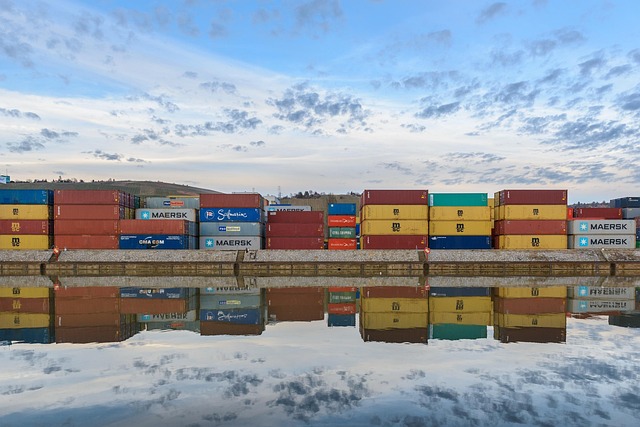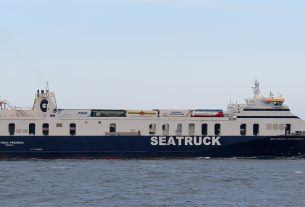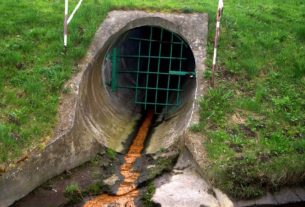In late September, the container ship Istanbul Bridge embarked on an unconventional journey from China to Europe, carrying cargo ranging from batteries to clothing. Rather than following the traditional southern route via the Suez Canal, the vessel charted a course north through the Arctic Ocean’s Northern Sea Route. This marks a significant milestone in China’s development of a “Polar Silk Road,” an ambitious initiative to expand trade and infrastructure across the Arctic—a route now increasingly navigable due to climate change.
The Arctic is warming at roughly four times the global average, causing sea ice to fracture and recede. “This is the first time climate change is fundamentally altering trade maps,” said Malte Humpert, founder of the Arctic Institute. The melting ice opens opportunities for shorter shipping routes but comes with severe environmental and operational risks.
The Istanbul Bridge’s voyage is unprecedented in scale, resembling a conventional liner service with multiple scheduled stops, rather than the limited, experimental Arctic trips seen previously. Its 18-day journey spans from Ningbo-Zhoushan in China to Felixstowe in the UK, continuing to ports in the Netherlands, Germany, and Poland, accompanied by icebreakers along Russia’s northern coast. Ningbo Customs described the route as the official launch of the China-Europe Arctic Express, aiming to deliver goods to Europe in time for the peak holiday season.
Strategic Opportunities and Environmental Risks
The Northern Sea Route could transform global trade. Shorter by roughly half compared to the Suez Canal path, it reduces emissions from shipping and avoids potential chokepoints like the Red Sea, where Iran-backed Houthi attacks have disrupted maritime traffic, and the Panama Canal, affected by drought-induced low water levels. China sees this route as a strategic advantage, potentially securing both faster delivery times and greater influence in the Arctic.
However, environmental experts warn of significant hazards. Melting ice does not ensure smooth sailing; unexpected ice floes, fog, darkness, and extreme cold make the Arctic highly dangerous. Andrew Dumbrille from the Clean Arctic Alliance emphasized that accidents could quickly escalate into human and ecological disasters, with limited rescue resources and oil spill response capabilities.
Fuel type compounds the risk. Heavy fuel oil, still in use despite partial bans, can worsen spill impacts, release black carbon, and accelerate ice melt by darkening surfaces. Increased shipping noise threatens marine life, and the risk of whale strikes grows with more traffic. Humpert warns that expanding Arctic navigation is not a matter of if disasters occur, but when.
Currently, the Northern Sea Route remains a minor segment of global trade. In 2024, only around 90 vessels traversed the Arctic, compared to over 13,000 through the Suez Canal. Its growth depends on economic viability, freight needs, geopolitical tensions, and environmental consequences. The Arctic’s dependence on Russian control and fragile ecosystem has also deterred major Western shipping operators; the Mediterranean Shipping Company recently confirmed it would avoid the route due to safety and environmental concerns.
For China, mastering the Northern Sea Route represents a strategic win, offering operational expertise in extreme polar conditions and strengthening its claim as a key Arctic player. Yet the challenges remain formidable. “The question is whether it can be done safely and economically,” Humpert concluded. “China believes it can.”




